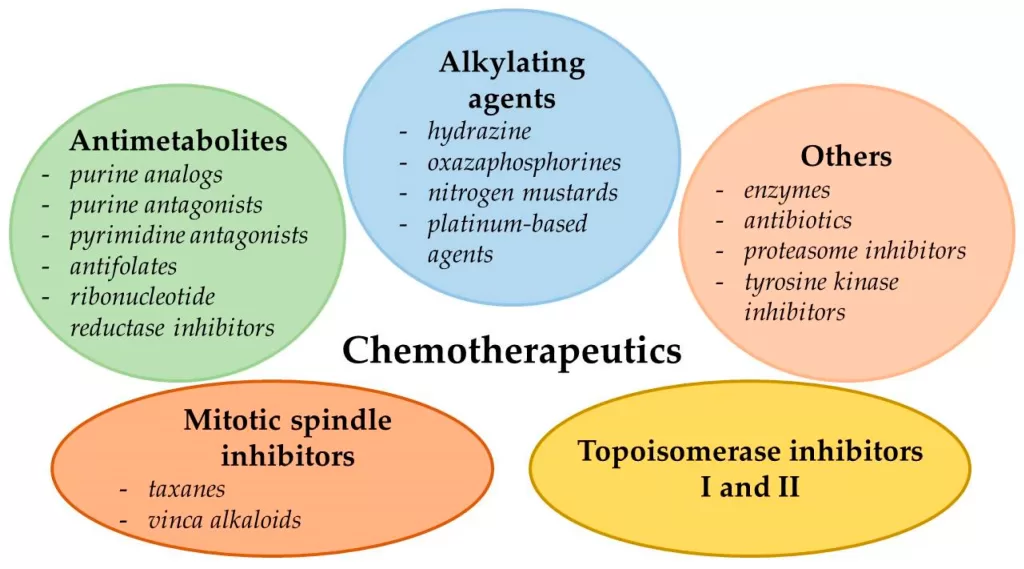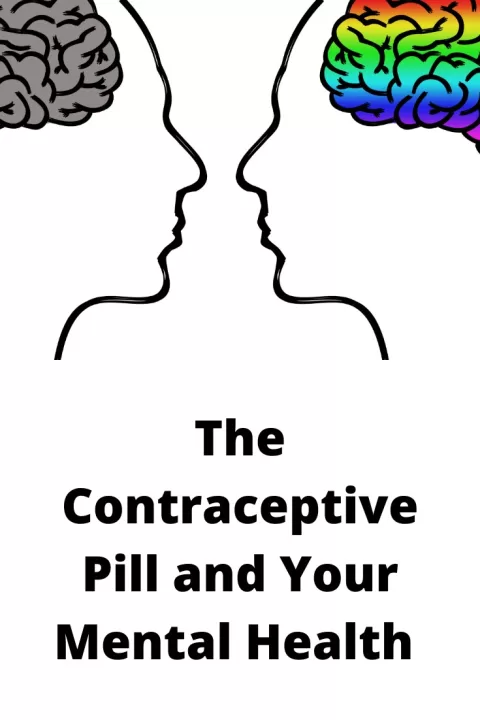Chemotherapy drugs play a pivotal role in cancer treatment, harnessing powerful compounds to combat malignant cells and improve patient outcomes. These potent agents are often delivered in conjunction with other therapies, like radiation and surgery, to maximize efficacy against various types of cancer. While chemotherapy offers hope for many, understanding its side effects is crucial for managing the patient experience during treatment. From hair loss to nausea, the side effects of chemotherapy can be significant, underscoring the importance of support for cancer patients throughout this journey. In this essential guide, we will explore the diverse types of chemotherapy, their costs, and resources available to help individuals navigate the complexities of cancer treatment.
Often referred to as “chemo,” chemotherapy involves a specialized approach to managing cancer using a range of distinct pharmaceuticals designed to eliminate cancer cells. This therapeutic strategy includes examining various agents that disrupt cell division and growth, allowing for targeted interventions. Patients may face several challenges post-treatment, including the psychological and physiological impacts of medications prescribed for healing. Understanding the nuances behind chemotherapy costs and types can equip patients and caregivers with the knowledge to approach their treatment journeys with confidence. In this detailed overview, we aim to clarify key aspects of chemotherapy drugs for anyone affected by cancer.
Understanding the Types of Chemotherapy Drugs
Chemotherapy drugs are classified mainly into several categories, each targeting cancer cells in unique ways. One of the primary classes includes alkylating agents, such as cyclophosphamide and cisplatin, which operate by damaging the DNA of cancer cells to prevent their division. Another significant class is antimetabolites, which mimic natural substances in the body, disrupting the cell’s normal ability to replicate DNA and RNA, with drugs like methotrexate playing a crucial role in this mechanism. Understanding these types can help patients and caregivers make informed decisions.
Additionally, plant alkaloids like vincristine and paclitaxel are commonly used in chemotherapy. These agents interfere with cell division by targeting specific phases in the cell cycle, effectively limiting cancer growth. Anthracyclines, such as doxorubicin, tackle various cancers by intercalating into DNA, which prevents replication and triggers cell death. Recognizing the types of chemotherapy available allows patients to seek tailored treatment options that align with their specific cancer type and stage.
The Side Effects of Chemotherapy: What to Expect
Patients undergoing chemotherapy often face a range of side effects that can significantly impact their quality of life. One common issue is myelosuppression, where chemotherapy drugs reduce the production of blood cells leading to anemia and heightened susceptibility to infections. This bone marrow suppression can necessitate additional medical intervention or even reduce dosage, influencing the overall treatment plan. Managing these side effects is crucial, as it can dictate a patient’s ability to continue with their treatment regimen.
Another noteworthy side effect is mucositis, which involves painful inflammation and ulceration of the mucosal lining of the mouth and digestive tract. This condition can complicate nutrition and hydration, significantly affecting a patient’s well-being during treatment. Furthermore, alopecia or hair loss can adversely affect self-esteem and body image. Addressing these side effects through supportive therapies and open communication with healthcare providers is vital in providing holistic cancer treatment.
The Financial Aspect of Chemotherapy Costs
The financial burden of chemotherapy can be overwhelming for many patients, with costs dependent on various factors including drug type, treatment duration, and specific healthcare facilities. For instance, some types of chemotherapy drugs can rack up thousands of dollars, making it imperative for patients to understand the potential costs involved in their treatment journey. Financial barriers can create additional stress, thereby affecting a patient’s mental health during an already challenging time.
Fortunately, resources such as Medicare provide worthwhile coverage options for eligible patients. Additionally, various charitable organizations and financial assistance programs offered by drug manufacturers exist to alleviate some of the costs associated with chemotherapy. Patients are encouraged to consult with healthcare financial experts who can help navigate the complexities of treatment costs, allowing for proactive measures to be taken in managing out-of-pocket expenses.
Support for Cancer Patients During Chemotherapy
Facing chemotherapy can feel isolating; hence, support for cancer patients is paramount. Organizations such as Chemocare offer valuable insights and resources related to chemotherapy drugs. These platforms provide detailed information on drug protocols, potential side effects, and even coping mechanisms to manage difficulties experienced during treatment. Empowering patients with knowledge can enhance their sense of control throughout their cancer journey.
Moreover, local and online support groups serve as safe spaces where individuals can share experiences, struggles, and triumphs with others undergoing similar paths. Such groups not only provide emotional solace but also foster discussions that allow patients to adopt new strategies to deal with the ramifications of their treatment. Increasing awareness around the availability of these support networks can significantly enhance a patient’s coping strategy and emotional resilience.
The Importance of Patient Education in Chemotherapy
Education plays a fundamental role in the experience of undergoing chemotherapy. Being informed about the chemotherapy drugs prescribed, including their intended effects and possible side effects, enables patients to engage more proactively with their healthcare providers. This vital awareness translates into better adherence to treatment protocols and a more collaborative relationship between patients and their medical teams, fostering an environment where patients feel validated and heard.
Furthermore, understanding personal rights regarding treatment, costs, and support systems empowers patients to advocate for themselves. Resources available online can equip patients with essential knowledge required to make informed choices regarding their treatment. Thus, prioritizing education not only enhances patients’ confidence but also contributes significantly to improved treatment outcomes during the challenging journey of cancer.
Frequently Asked Questions
What types of chemotherapy drugs are available for cancer treatment?
Chemotherapy drugs come in various classes, including alkylating agents, antimetabolites, plant alkaloids, anthracyclines, and targeted therapies. Each type works by disrupting cancer cell growth in unique ways, depending on the specific cancer being treated.
What are the common side effects of chemotherapy drugs?
Common side effects of chemotherapy drugs include myelosuppression, leading to decreased blood cell production; mucositis, which causes inflammation and ulceration in the digestive tract; and alopecia, commonly known as hair loss. Understanding these side effects helps patients manage their treatment experience.
How can I manage the costs of chemotherapy drugs?
The costs of chemotherapy drugs vary significantly based on drug type and treatment duration. Many patients can seek financial support through insurance coverage, Medicare, and charitable organizations, as well as financial assistance programs offered by drug manufacturers.
What support resources are available for cancer patients undergoing chemotherapy?
Cancer patients can access numerous support resources including organizations like Chemocare, which provide detailed information about chemotherapy drugs and their side effects. Local support groups and online communities also offer emotional support and help patients share experiences during their treatment journey.
What should I discuss with my doctor regarding chemotherapy drugs?
When discussing chemotherapy drugs with your doctor, consider inquiring about the specific types of drugs recommended for your cancer type, potential side effects, costs, and how these treatments may fit into your overall cancer treatment plan.
| Key Point | Details |
|---|---|
| Definition of Chemotherapy Drugs | Chemotherapy drugs are effective medications used to treat cancer by destroying cancer cells or inhibiting their growth. |
| Types of Chemotherapy Drugs | 1. Alkylating agents, 2. Antimetabolites, 3. Plant alkaloids, 4. Anthracyclines, 5. Targeted therapies. |
| Administration Methods | Chemotherapy can be systemic (affecting the whole body) or regional (targeting a specific area). |
| Common Side Effects | 1. Myelosuppression, 2. Mucositis, 3. Alopecia. |
| Costs and Coverage | Costs vary significantly; insurance may cover some expenses. Financial assistance may be available. |
| Resources for Patients | Organizations like Chemocare provide valuable information and support for navigating treatment. |
Summary
Chemotherapy drugs are crucial in the battle against cancer, providing effective treatment options for patients. By understanding the different types of chemotherapy drugs, their side effects, and the associated costs, patients can navigate their treatment journey more confidently. It is essential for patients and caregivers to engage with healthcare professionals and utilize reputable resources to ensure a complete understanding of chemotherapy options. This knowledge empowers individuals to make informed decisions and promotes a proactive approach to managing their treatment and overall care.
The content provided on this blog (e.g., symptom descriptions, health tips, or general advice) is for informational purposes only and is not a substitute for professional medical advice, diagnosis, or treatment. Always seek the guidance of your physician or other qualified healthcare provider with any questions you may have regarding a medical condition. Never disregard professional medical advice or delay seeking it because of something you have read on this website. If you believe you may have a medical emergency, call your doctor or emergency services immediately. Reliance on any information provided by this blog is solely at your own risk.








